30 Essential Gardening Tips For Beginners
Just dig in right here, sprinkle the vegetable seeds in there, then wait for days. Then that’s it?
Doesn’t it sound too easy?
Now, let me burst the bubble.
Because it would require more than that!
And the truth?
Green thumb is one thing but the most crucial ingredient for successful gardening is to know the tricks and tips in planting.
And isn’t today your lucky day?
Because you just found the right article to read through.
Related: 7 Factors Affecting Plant Growth
- Time it right.
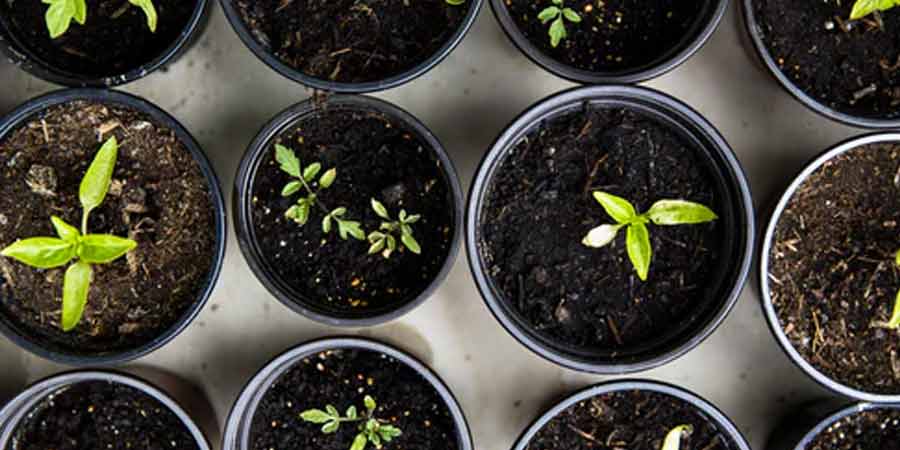
Yup! Timing is an essential factor in gardening.
And why, you ask?
Well, the success in growing almost all plants relies on the ever-changing climate condition. There’s a right time for soil preparation, planting, and harvesting.
And jot this.
Each plant has a growing season.
Some plants do well during summer and spring. Others thrive in fall and winter.
What to do?
Easy! Make sure that you already had intensive research before deciding what seed to plant.
Also, look through the zone you live in to know what specific plants are grown in your area.
- Soil type.
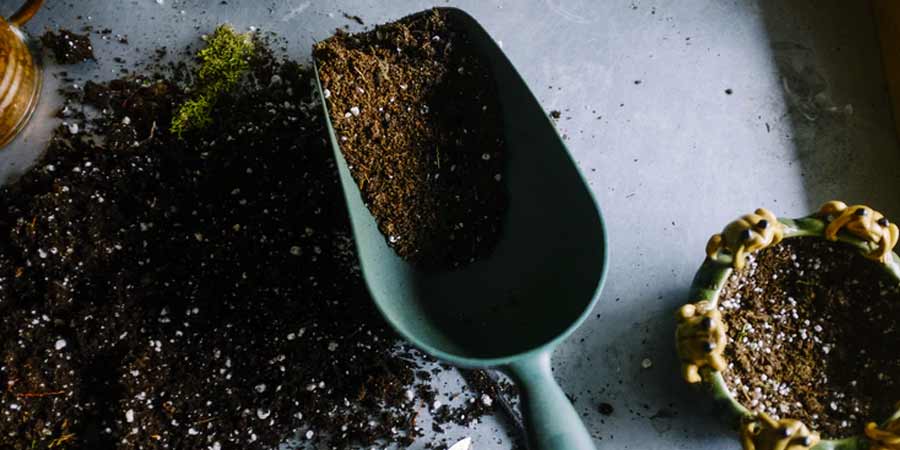
The soil structure is also crucial. Your lawn could either be loam, sand, clay, or a mix of those.
And the importance?
Each soil would require different treatment. It will tell you your soil’s water absorption capacity, as well as the level of compaction.
And I bet,
You’d want the best soil type for your plant!
- Conduct a soil test.
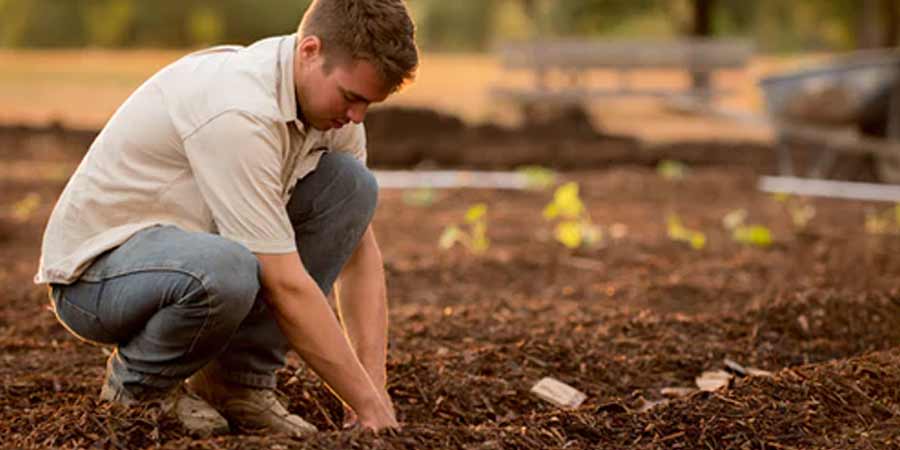
If you have the resources to conduct a soil test, then why shouldn’t you?
It would tell you the quality and texture of your soil.
Besides that,
Soil tests could also provide a more in-depth analysis like the soil sample’s ph level or concentration.
Well, it would hurt to be a little bit serious.
- Composts
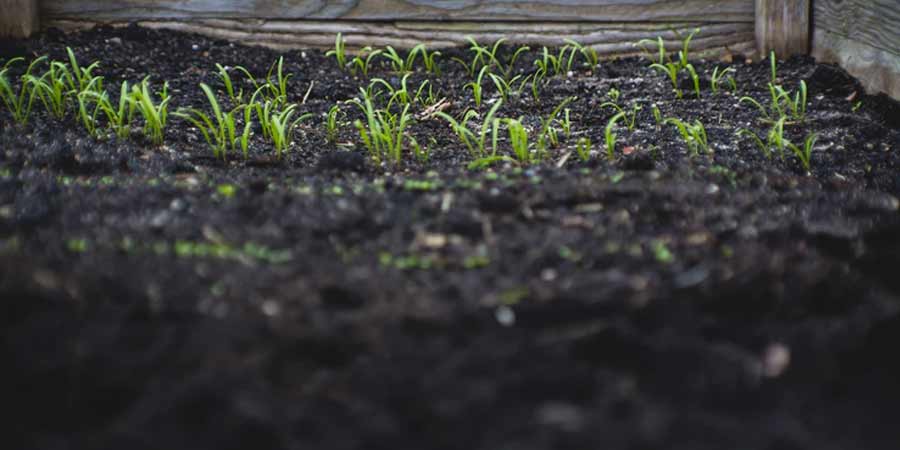
Here’s the tip!
Whatever your soil type is, you can solve it by mixing your sandy or sticky soil with compost or organic materials.
It is known to fix the pores problem of heavily or loosely compacted soil.
In short,
It balances it out to give your soil a good root foundation and high water absorption capacity.
- Seed packets
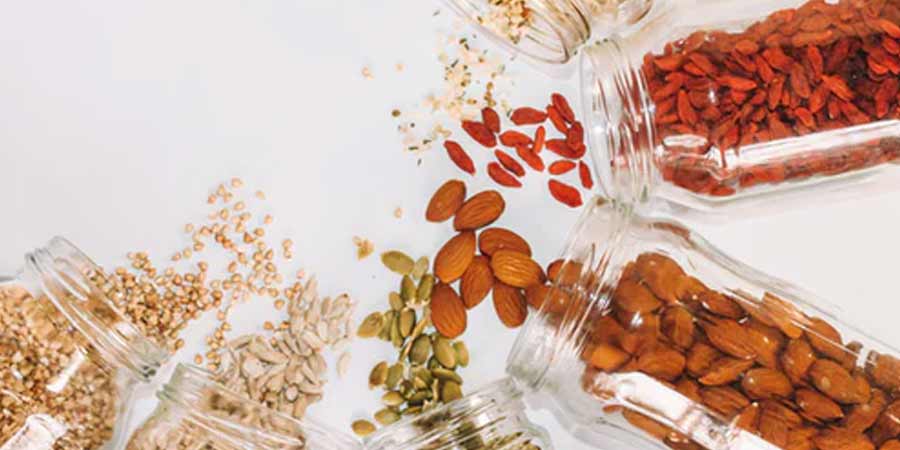
A gardener could lose track of their seeds because they don’t have a spare seed packet to keep them there.
But the truth is you could easily make one.
How?
Resourcefulness. An old photo album will do it for you.
But if you have other ideas in mind, then do it!
- Gardening Style
Understandably, we have our circumstances. We do gardening for a variety of reasons like aesthetics or perhaps consumption.
Different factors also restrict us, like spaces, climate conditions, time, and even money.
But here’s how you deal with it.
You have to know the garden system that fits your style and circumstance. If you have limited space, try vertical gardening.
Do you want a healthy diet? Kitchen gardening might interest you.
Meanwhile, aquatic gardening could give your lawn an exquisite beauty.
See?
Those were just a few of the gardening strategies that you could explore.
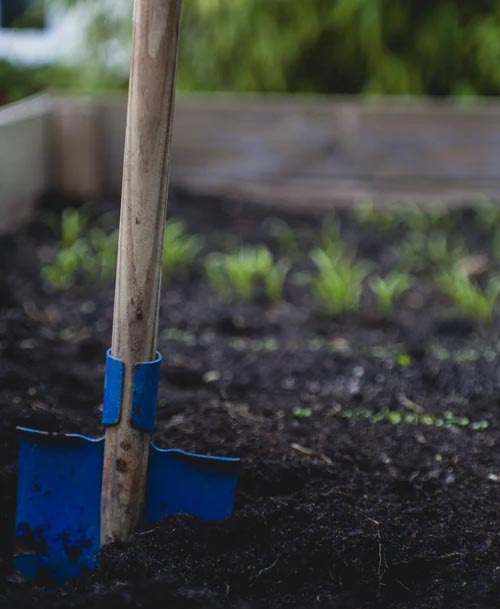
So ensure that you have one in mind before commencing your gardening journey!
- Square Foot Gardening
People proceed to this type of gardening if they want to know the procedures for growing veggies.
It is an intensive procedure that utilizes tiny spaces.
So if your inspiration for gardening is healthy living,
This one’s for you!
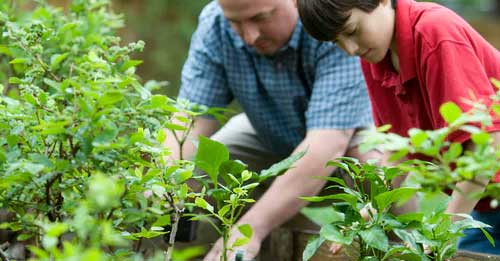
- Veggie Planting
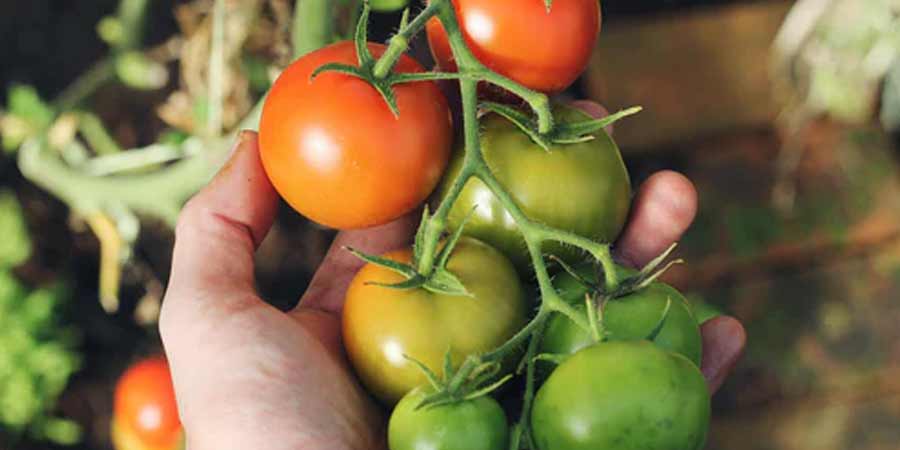
You might be thinking of planting the same veggie in the same garden plot for several years.
And I won’t blame you.
However, this is one of the few mistakes beginners make in gardening.
The right way is to have an annual rotation of crops to which you plant other veggies in a year or two before planting the same vegetable again.
And the purpose?
It allows the richness of your soil’s nutrients to stay since you planted a different plant type that consumes a different set of nutrients.
So be sure to keep this in mind!
- Companion planting
Yup, your plant would need a friend.
Cool right?
And like friendships, if your plant got a problem with diseases or pests, they have each other’s back.
Some plants have a natural agent that keeps pests away, and it would be good for your plant if you put it near it.
But that’s just a scenario.
Here’s an example of the real thing.
The corn is usually paired with beans because beans would need a vertical structure to clung into. In return, the bean’s leaves would protect the corn from direct sunlight.
So both parties engage in mutual benefit.
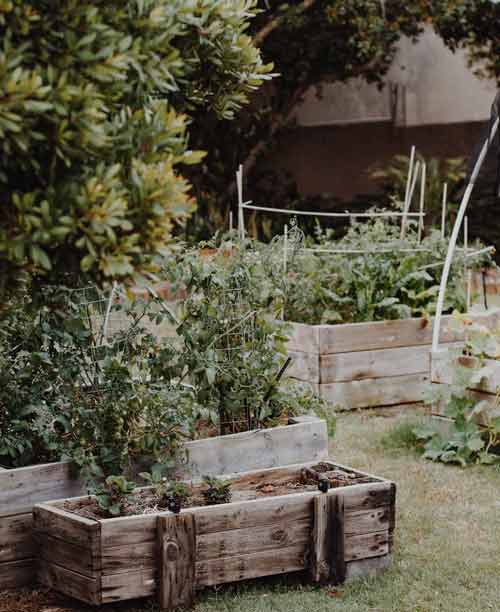
- Annuals and Perennials
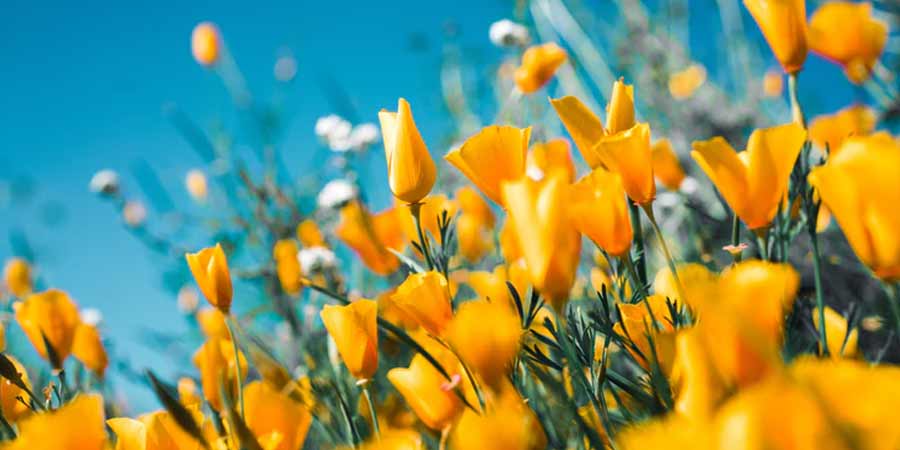
Well, this one is important, usually on flowers. Some plants grow for a year, and others would last for few more years.
To ensure that you will have a consistent blooming flower in your plot, mix them!
- Gardening Tools
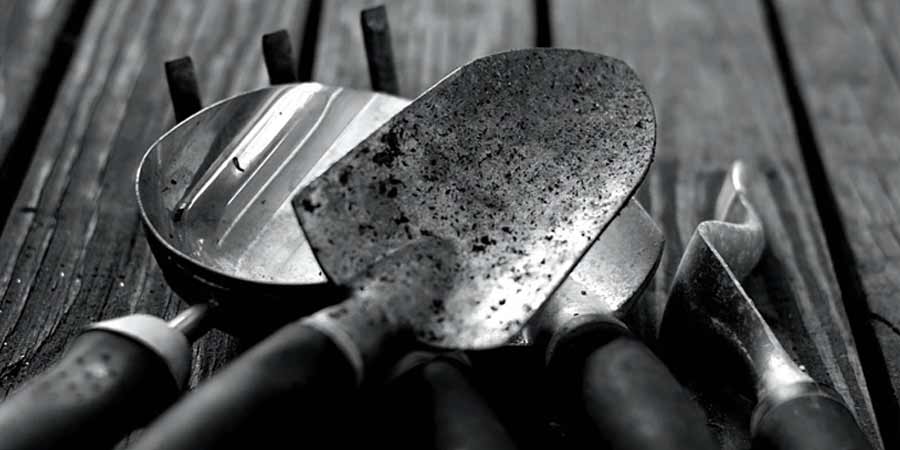
If you’re planning to start a garden, you got to invest in gardening tools!
Why?
The right equipment will make the job easier for you. Trowel, rake, cultivator, sprinkler, or hose are your primary tools since gardening is spent mostly on maintenance and cultivation.
You would also want to buy a transplanter to move your plant from one location to another safely.
And also,
Some of the tools are protective gear like durable gloves, which will keep you from accidents.
- Tool Maintenance
You don’t want to have your tools rusty and dull!
So when buying one, you should also purchase sharpening and cleaning solutions.
And do not forget!
You should wash and wipe your equipment after using it and put it in a secured area.
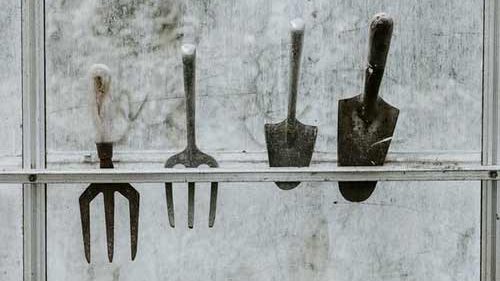
- Seedlings Management
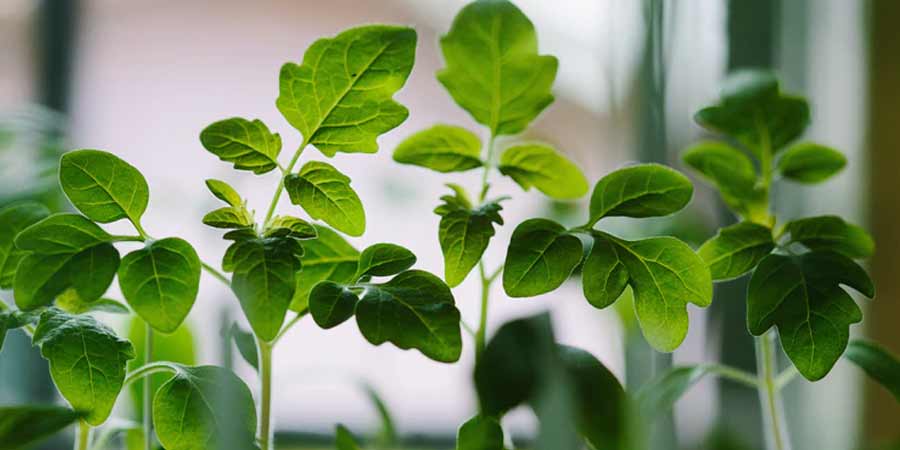
Where do you grow your seedlings?
People use homemade organic containers like eggshells, citrus rinds, or egg cartons to ensure seed growth.
You can also try these organic and environmental ideas if you are growing seedlings.
But if you want another option,
Here’s what you can do.
Invest in seed starter trays.
- Plot Location
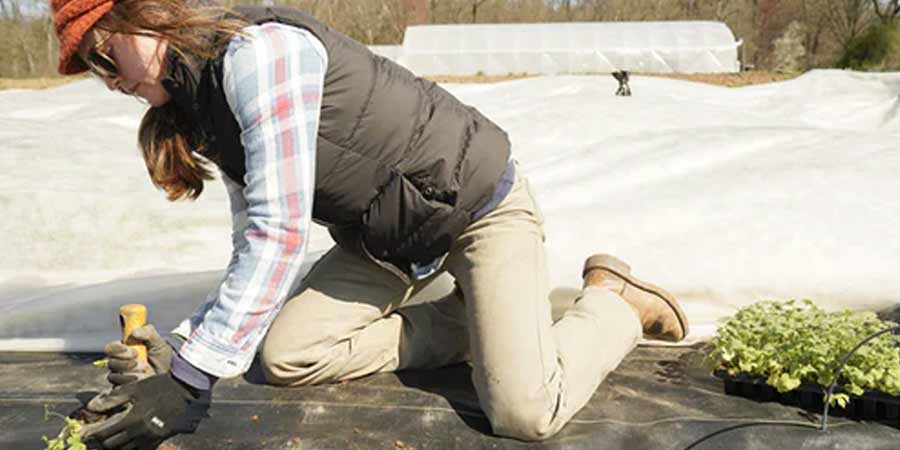
The ideal location is near home.
But for what reason?
Well, aside from making it easier for you to check your plants regularly, it will also be a few steps from your kitchen.
So you can just pluck whatever ingredients you need when cooking!
- Handling Herbs
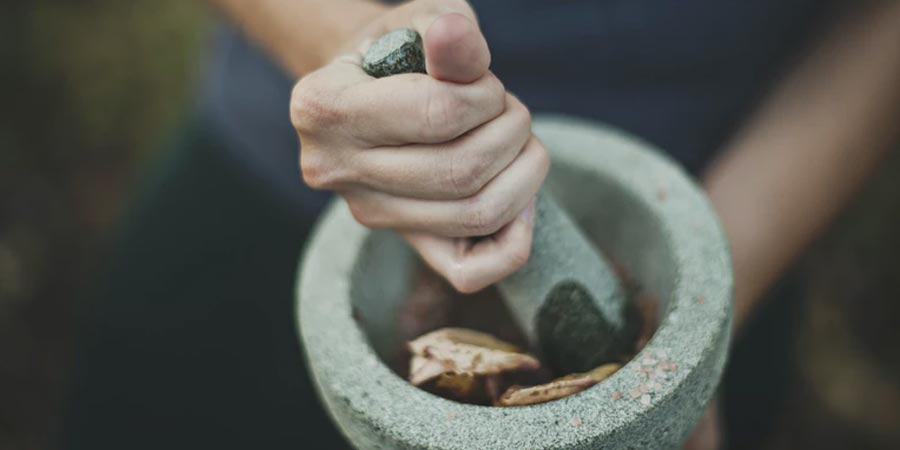
Hey, plucking it out with bare hands without restraint is a big no-no!
Here’s the right thing.
Snip it with a clean and sharp scissor.
And remember!
When snipping the leaves, it must be close to the bottom. And the snipping must come in pairs. Too much cutting could discourage the plant from growing leaves, so keep it at a bare minimum.
Lastly,
When snipping, you must leave 2 or 3 layers of leaves intact.
- Herb Consumption
Here’s another tip about herbs!
When harvesting one for your tea, or other purposes, do not wait for them to bud flowers.
It will reduce its taste and flavor!
You should take note of this, especially in basils and mints.
And why is this so?

When herbs develop flowers, there will be no energy and resources left to create leaves.
- Watering Procedure
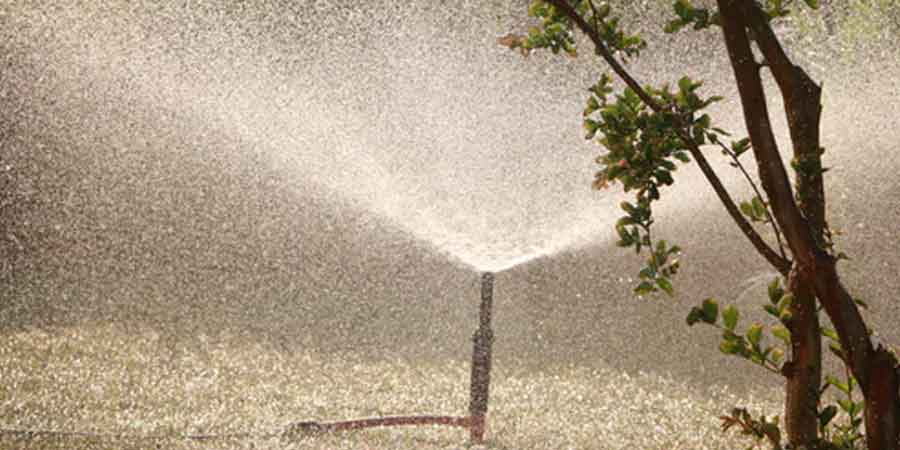
When having a vegetable garden, do the routine of watering every morning.
And you probably know why.
It’s because your vegetables would need the moisture to withstand the scorching heat. But in the morning?
Yup! If you do it in the middle of the day, the water will evaporate before it soaks the soil.
Got it?
- Watering Techniques
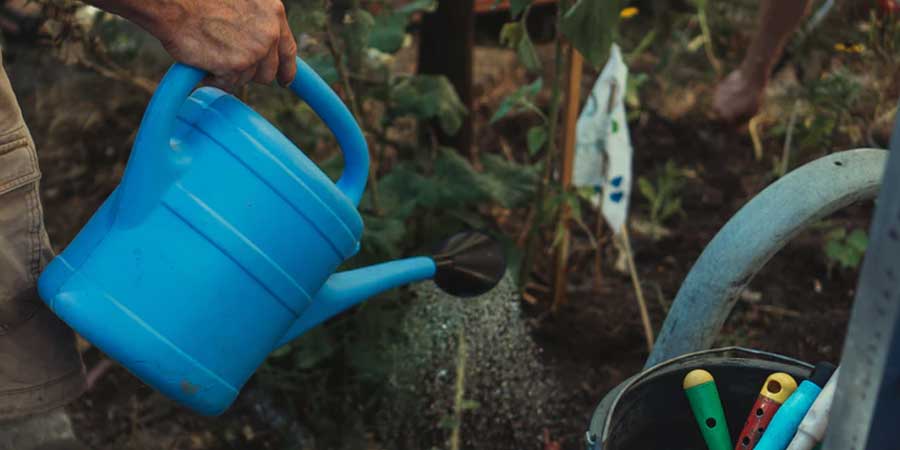
Eyes here!
So you already knew that the best time is morning, but also late afternoon. The depth of water penetration must reach 2 inches from the topsoil to secure a robust root system.
Remember,
Do not overwater!
Too much water will invite harmful microorganisms like fungi. And that’s the last thing we want!
- Trimming Dead Blooms
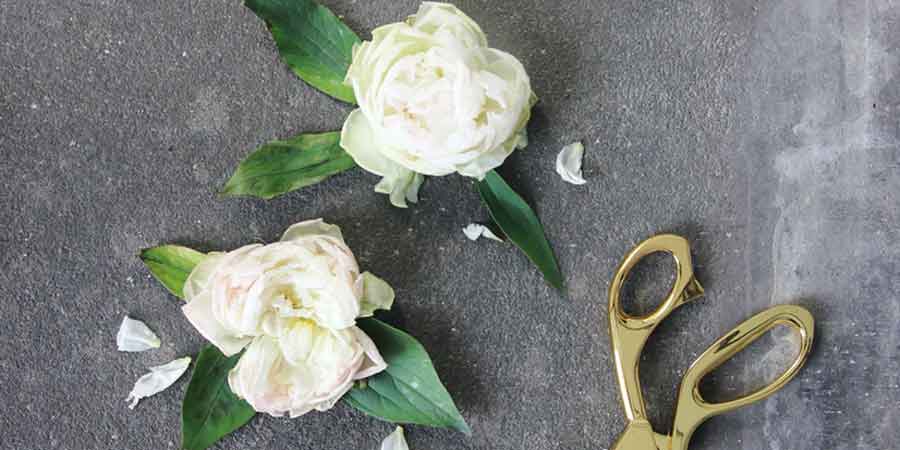
Part of the flower’s maintenance is to remove all dead leaves, buds, and flowers of your flowering plants.
And this is a necessary step so that your plant could bloom flowers again.
But the tip?
When trimming, make use of clips to put away the healthy leaves. You might accidentally cut them.
- Grow what you love.
The satisfying part of gardening is the success of taking care of plants that interests you.
So what should you do?
If you want to grow vegetables and fruits, make sure to ask what your family likes to eat.
The fun of doing what you want will be the source of your determination.
And believe me,
The worst thing that could happen is wasting your time, money, and energy in a plant that doesn’t fit your style.
You don’t want that!
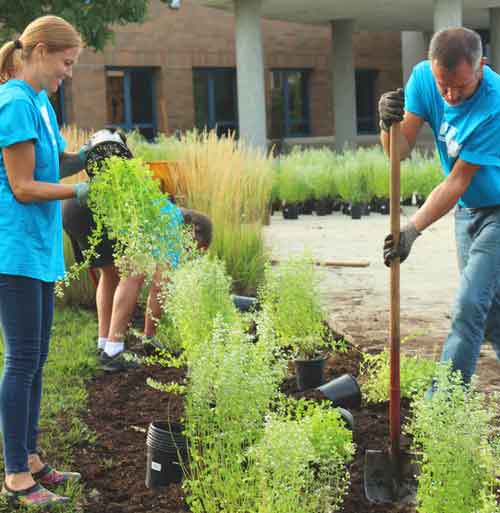
- Attract Bees
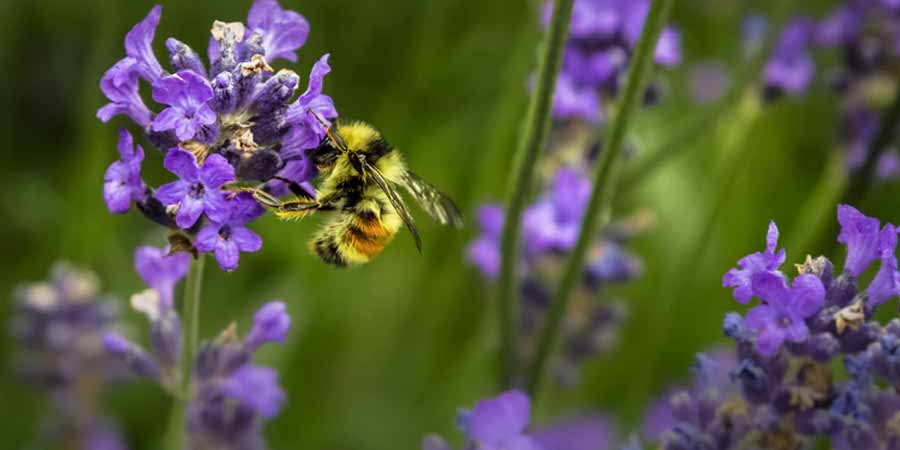
Repel all pests, and attract useful organisms.
That should be your goal!
These cute buzzing creatures will help your plant to pollinate to produce vegetables and fruits.
You may construct a bee house to give these cute companies a place to rest.
- Slug Problems
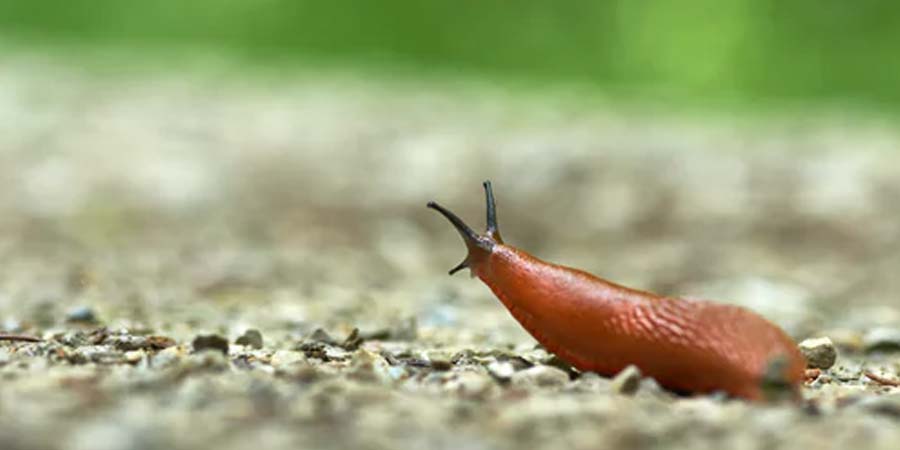
We don’t want these slimy wiggly creatures in our garden.
The presence of slug is undesirable because they damage your plants, leaving their leaves ragged and holed.
And you can’t quickly get rid of them.
But there’s a way!
A Slug beer trap will do the job for you. The beer attracts slugs, and before you know it, they’ll fall in your container and drown.
Problem solved!
- Mulching
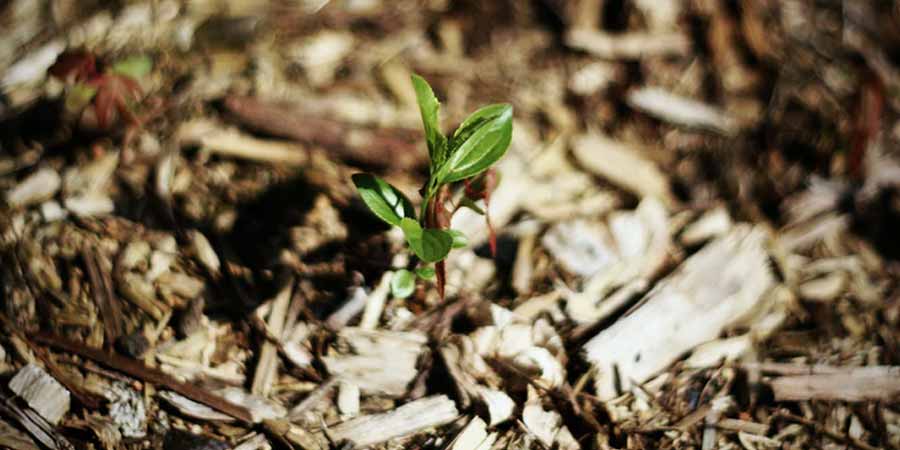
It is one of the essential gardening tips for beginners that you should know!
The procedure is easy. Just put a layer of organic material on the soil’s surface no matter its soil quality.
And how does it work?
It would keep weeds away, and it would improve your soil’s water absorption capacity.
- Weeds
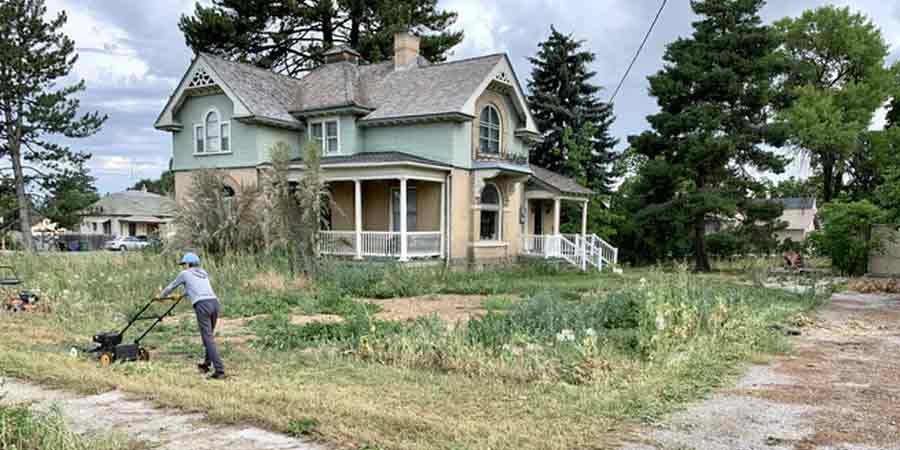
One of the most annoying parts of gardening is removing the weeds. A stand-up weeder or rake will do most of the job, but in a day or two, they will come back to give you a pain in the neck.
Aside from that,
Since weeds are inevitable, the best way to prevent them is to pick them as soon as possible. The younger ones are easy to remove, and you can do it with a rake.
- Homemade Fertilizers
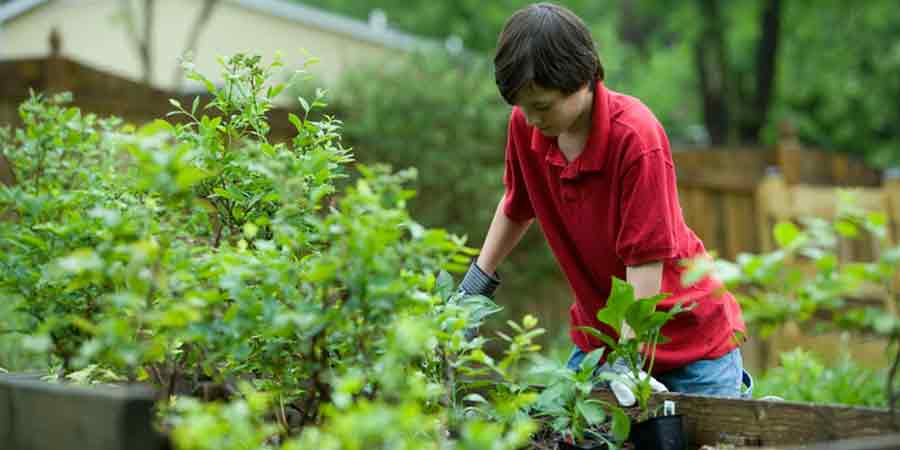
You can choose between a chemical or organic fertilizer, and the goal will always be the same.
It is to condition your soil by supplying additional nitrogen, potassium, and phosphorous to your plant.
But an easy and cheap way?
Well, you can make a mixture out of decomposed weeds and grass clippings. They call it “fertilizer tea.” It produces the same nutrients to supply your garden.
- Chemical Fertilizer
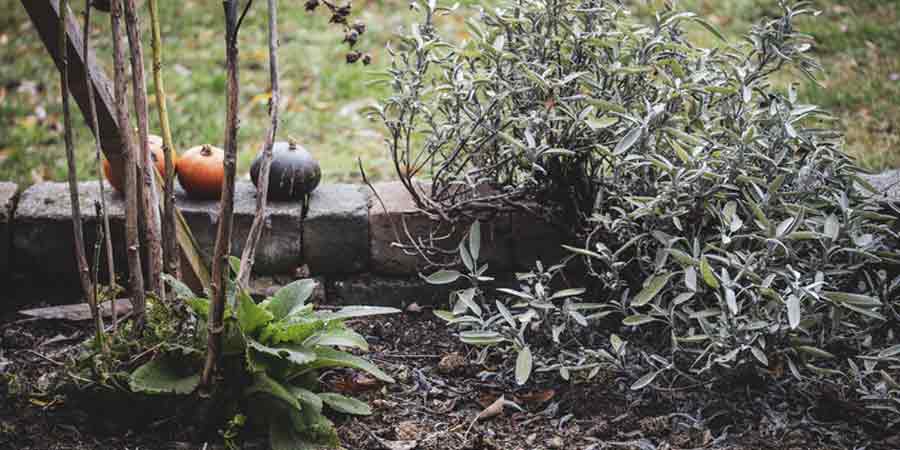
Well, if you’re too busy to create compost and make organic fertilizer.
Here’s a viable option for you!
A chemical fertilizer. But you have to choose the best one to ensure that there will be no detrimental effect to your plot.
NPK fertilizers only provide only three of the essential nutrient to grow well.
The tip?
Have a soil test and buy a fertilizer that contains the lacking nutrients.
- Seeds or transplants?
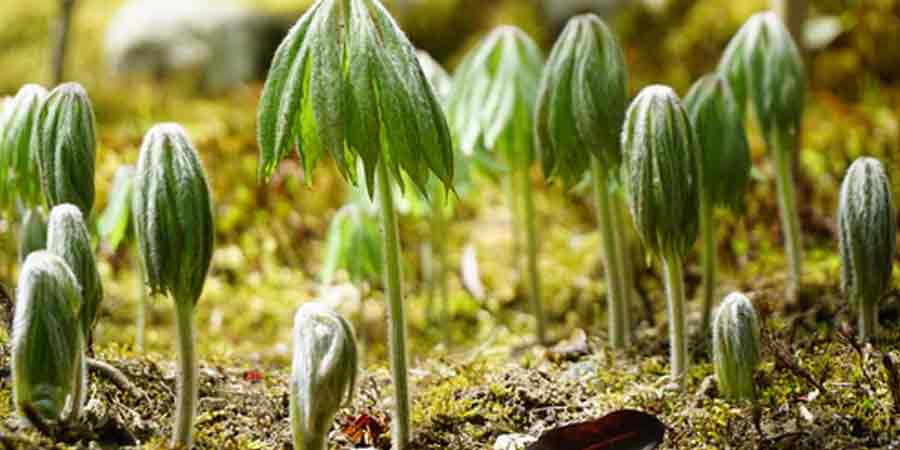
The answer is it depends on your plant.
Some plants like melons, eggplant, peppers, and tomatoes are best grown if it is transplanted.
And the reason?
Simply because they are fruit producers, and with that, they would need a headstart.
Other plants like lettuce, squash, cucumbers, peas, spinach, chards, beets, carrots, and beans are planted directly as seeds.
So make sure to consider this before planting!
- Staggering Plantings
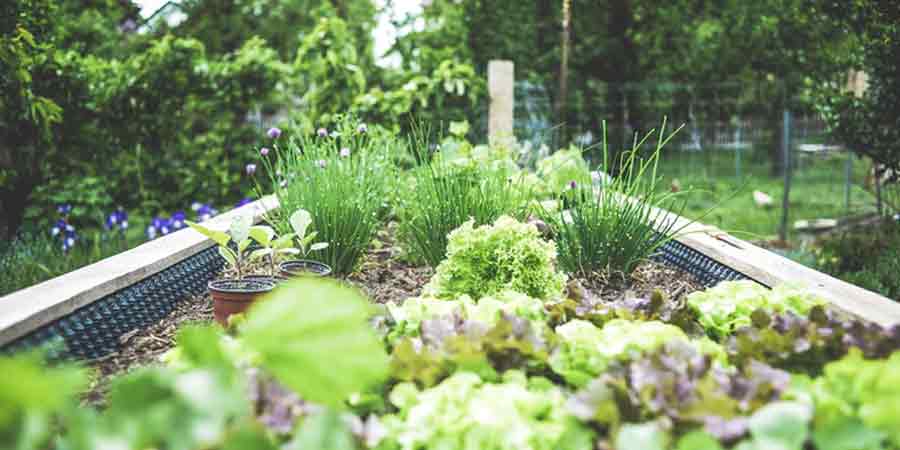
In vegetable gardens, you don’t plant the veggies all at once!
The right procedure is to plant plants that quickly mature like beans. As soon as harvested, grow a different kind of veggie, lettuce perhaps.
- Raised beds and containers
Less space?
Hmm, here’s what you should do!
A raised bed. Some lawns have natural clay and rocky composition and would require lots of hard work to fix. But with pieces of wood planks, you can create a bed and choose the right soil.
The same idea can be applied to containers or grow bags.
But the downside?
Garden space will be lesser than beds.
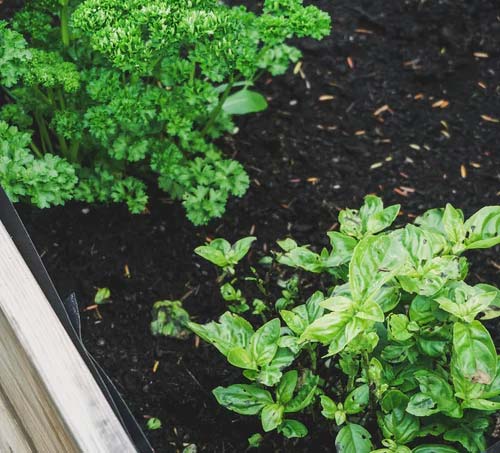
- Sunlight

You must’ve already known this.
The sun exposure is a crucial variable needed by any plant to survive.
Make sure to assess your garden’s location if it’s exposed to sunlight or located in a shady area.
Some plants would want a straight six-hour exposure like fruits, vegetables, and herbs, and other plants like leafy vegetables would prefer partially-shaded areas.
So choose your plant carefully before planting.
Conclusion: 30 Essential Gardening Tips For Beginners
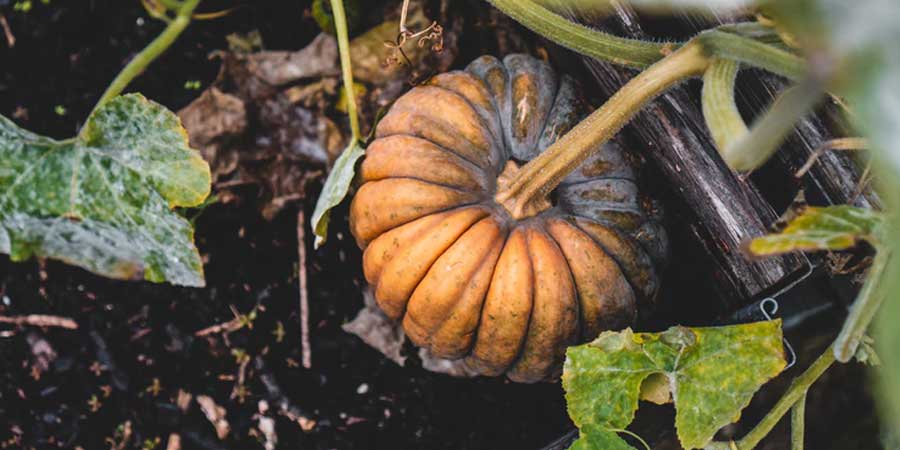
Hmm, I bet you’re looking forward to the best part of gardening.
And that is,
The harvest time!
That’s the part where you reap what you have sown.
And I assure you
As long as you follow the gardening tips, nothing could go wrong!
So grab those gardening tools, and let your gardening game start!
Back to Home Page: ShaneTurrell
